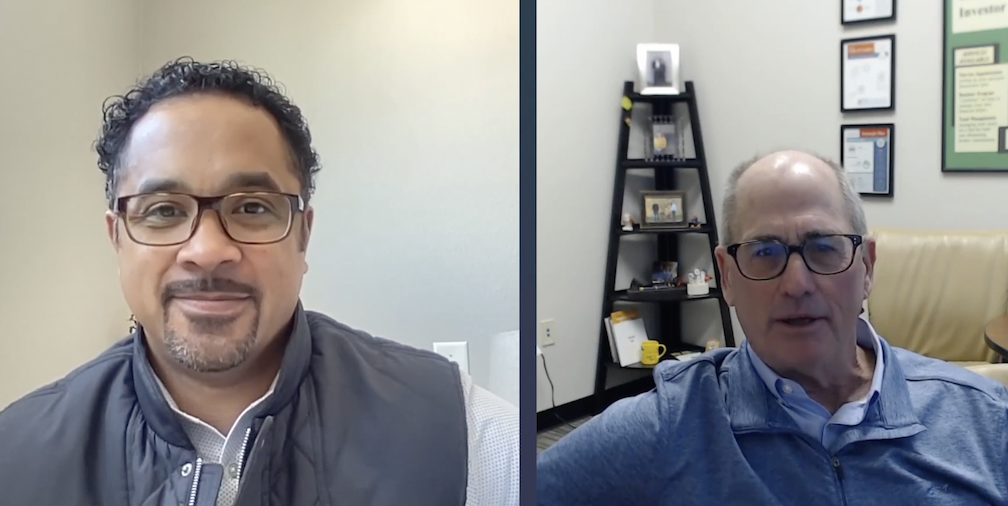It’s well known that some of the wealth management industry’s largest firms are focused on the workplace channel, and many of the larger players in the space have made moves over the last five years that show workplace retirement and wealth is an important component of their strategic growth plans. In fact, retirement plan and wealth management leader CAPTRUST published data that showed 39% of their firm’s wealth management clients originated from workplace relationships.
There’s an adage that those who don’t look ahead will fall behind. Firms who don’t take advantage of this trend could be at an immediate risk. So what is going on in the workplace space and why should wealth management executives consider the strategic implications? In the article below, we outline a few key trends we believe the industry should take note of.
Shifting Industry Economics are Driving Change
In the past, wealth management and workplace retirement services existed as separate and distinct business units. Retirement plan advisors have focused on guiding corporate retirement plan decision makers on plan-level decisions, such as what funds to include in their 401(k) lineup. Wealth managers focused on financial planning and investment management for individuals and families.
While wealth management fees and margins have remained healthy despite suggestions of deterioration, the truth is that retirement plan advisor fees and margins have gotten squeezed substantially over the last 20 years. In light of fee compression and the advisors’ role being marginalized to some extent, this shift has forced firms to think broadly about what other services they can provide.
Retirement plan advisory firms have begun to introduce several services with the goal of monetizing plan participants and employees as they seek new revenue and sources of growth. These new offerings include services like in-plan investment advice, managed accounts, and full-service wealth management.
Evolving Employer Expectations are Accelerating Change
Employer expectations of their retirement plan advisors have shifted over the last decade. Rather than focus on the plan-level services that plan advisors have traditionally offered and been paid for, these corporate clients are now demanding personalized help for their employees. In fact, Fidelity’s “2022 Plan Sponsor Attitudes Study’‘ revealed that a top three driver of advisor value for their corporate customers is offering financial advice and guidance to plan participants. The same study highlights that about 67% of employers are comfortable with advisors working with employees outside of their 401(k) plan.
Plan sponsors are not only asking plan advisors to engage more directly with employees, but they’re also giving permission to their retirement plan advisors to go beyond plan advice and provide personalized services.
The Industry is Adapting in Order to Thrive
As one might expect, the industry has responded by focusing on offering and promoting a litany of services and products aimed at monetizing plan participants. One example is 401(k) managed accounts, which offer a way for employees to receive a personalized portfolio based on their individual retirement goals and risk tolerance.
While most of these managed account services remain fully automated, some firms are adding light-weight financial planning and guidance through call centers. Perhaps the most compelling new service offering is “In-Plan Advice” whereby retirement plan advisor firms get paid a per-employee fee to provide point-in-time advice to all employees.
This service, in particular, provides a way for retirement plan advisor shops to build trust with individuals and identify prospects for their wealth management business. This is becoming known as a “bridge” between retirement plans and wealth management.
Innovating at Speed to Succeed
So how should firms move forward in a world where workplace wealth represents both a strategic opportunity and a competitive threat?
Most firms do not have the resources – including time and talent – to build a comprehensive and actionable financial wellness capability in-house. This is where firms should consider partnering with tech firms that have a vision and platform for helping wealth enterprises innovate at speed. By doing so, firms may leapfrog to a place where they can take advantage of the massive workplace wealth opportunity.
Don’t fall behind. To learn more about adopting a white-labeled workplace capability, schedule time to speak to our team today.



